The animal kingdom is diverse and fascinating, and there are many different versions of species all over the planet. We know a little about this nature’s masterpiece and cannot be denied that there are many other weird and completely astonishing species that humans don’t know about. When it comes to big animals that can be scary for some people because most of them are dangerous, but some can be very gently as the opposite. So here are presented ten the largest animals on the Earth planet.
10 . Spider Crab
The Japanese spider crab has the largest leg span of any arthropod, 4 meters from claw to
claw. The body can grow to a size of 40 cm, in terms of carapace width, and the whole crab
can weigh up to 20 kilograms. 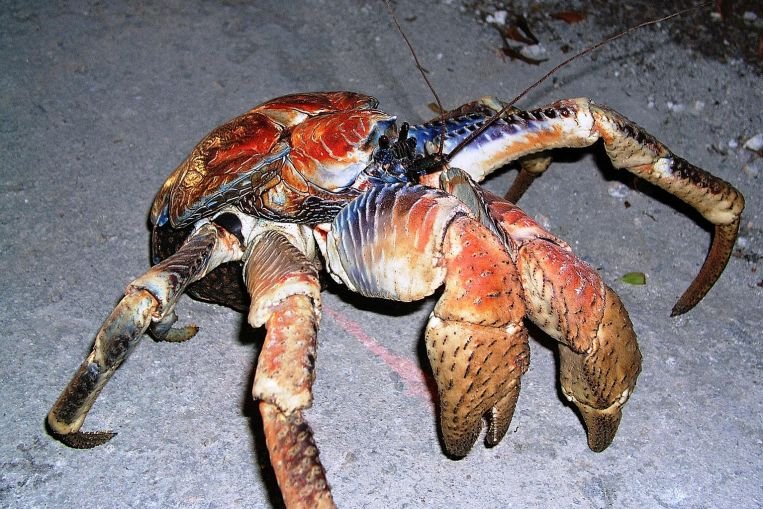
The males have longer chelipeds. In its natural habitat, the Japanese spider crab is an omnivore and feeds on shellfish and animal carcasses and may live up to a whopping 100 years. The crab us orange, with white spots along the legs. Despite looking scary, the crab is, actually, very gentle.
9 . Green Anaconda
The green anaconda is the world's heaviest, and one of the longest snakes, reaching 5.5 meters long. More typical mature specimens can range up 5 meters in length. The females, at around a mean length of 4.6 meters, are generally much larger in adulthood than the male. 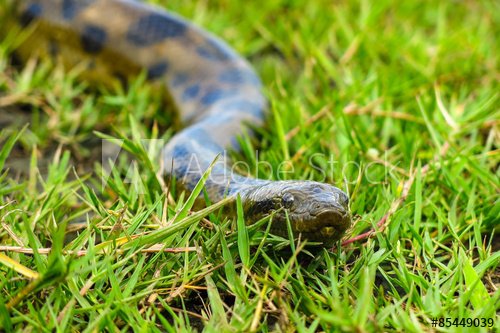
Numerous historical accounts of green anacondas are reported, often of improbable sizes. Several zoologists note rumors of snakes over 12 meters long. A $50000 cash reward is offered for anyone who can catch an anaconda 9.1 meters or longer.
8 .Ocean Sunfish
The ocean sunfish or "Mola mola", is the heaviest bony fish in the world with a weight of 1000
kilograms. The species is native to tropical and temperate waters around the globe. It
resembles a fish head with a tail, and its main body is flattened laterally. 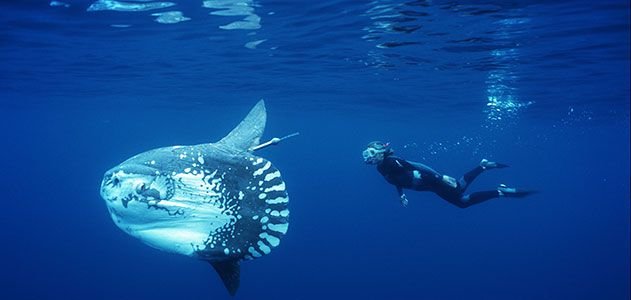
Sunfish live on a diet consisting mainly of jellyfish, but because this diet is nutritionally poor, they consume large amounts to develop and maintain their great bulk. Females of the species can produce more eggs than any other known vertebrate, up to 300,000,000 at a time.
7 . Giant Salamander
The Chinese giant salamander is the largest one in the world, reaching a length of 1.9 meters.
The salamander feeds on insects, frogs, crabs, shrimp, and fish. It has very poor eyesight, so it depends on special sensory nodes that detect vibration.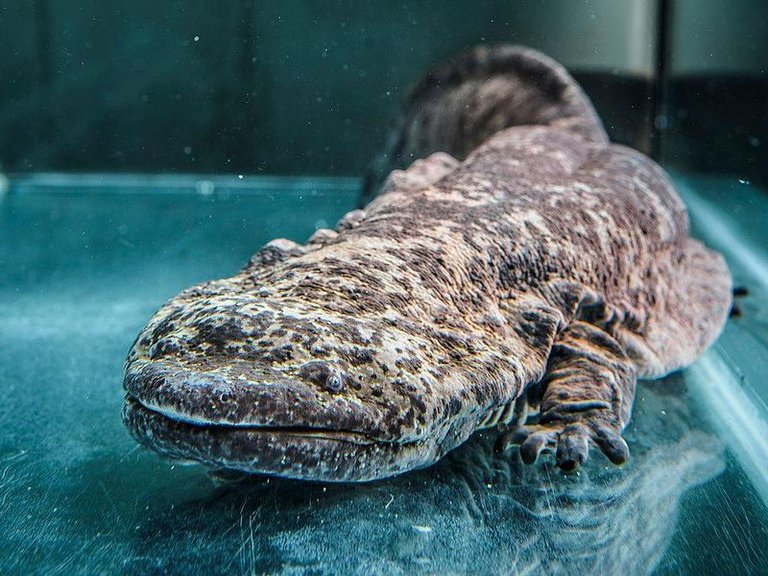
The female lays around 400 to 500 eggs in an underwater breeding cavity, which is guarded by the male until the eggs hatch after 50 to 60 days later. It is considered critically endangered due to habitat loss and "over-collecting", as it is considered a delicacy.
6 . Saltwater Crocodile
The saltwater crocodile is the largest of all living reptiles. It is found mainly in Northen Australia. Mature males can exceed 6 meters and weigh more than 1000 kilograms(2200 lb). This species is the only extant crocodilian to regularly exceed 4.8 meters. 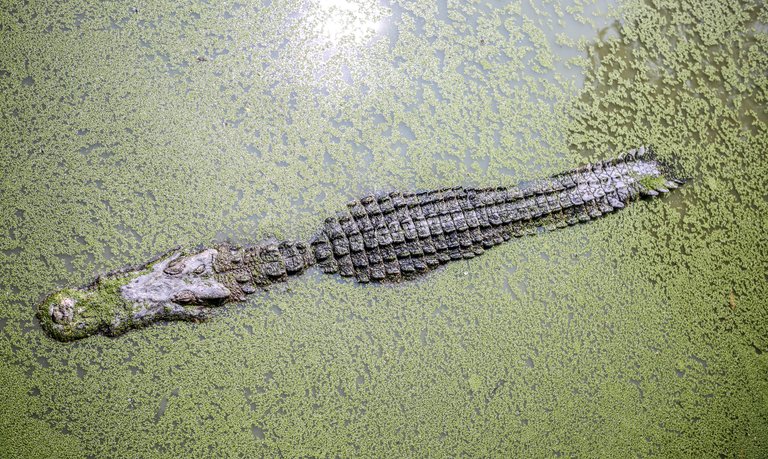
Females are much smaller and often do not surpass around 3 meters in length. As the name implies, this species of crocodiles can live in saltwater. The animal is an opportunistic apex predator capable of taking any animal that enters its territory.
5 . Polar bear
The largest living land carnivores are the Polar Bear and the Kodiak bear at around 700
kilograms in weight. Kodiak bears range from 200 to 315 kg for females and 360 to 700 kg
for males. 
Females are typically about 20% smaller and 30% lighter than males. The polar
bear is a marine mammal because it spends many months at sea. It is the only living "marine
mammal" with powerful legs that allow them to run on land. The heaviest polar and brown bear
weights recorded were respectively 1003 kg and 1135 kg.
4 . Elephant seal
The Southern elephant seal is the largest carnivore living today, at around 4000 kg in weight. This seals' size shows extreme sexual dysmorphism, possibly the largest of any mammal with the males typically five to six times heavier than the females. 
While the females average 400 to 900 kilograms in weight and 2 to 3 meters in length, the bulls average 2200 to 4000 kilograms and 4.5 to 6 meters. The record-sized bull shot in 1913, measured 6.85 meters long and weighed 5000 kilograms.
3 . Giraffe
The giraffe is an African mammal, the tallest terrestrial animal, and the largest ruminant. Fully
grown giraffes stand at 5.5 meters tall, and the tallest recorded male was 5.88 meters. The
maximum record weight is 1930 kg for an adult male and 1180 for an adult female. 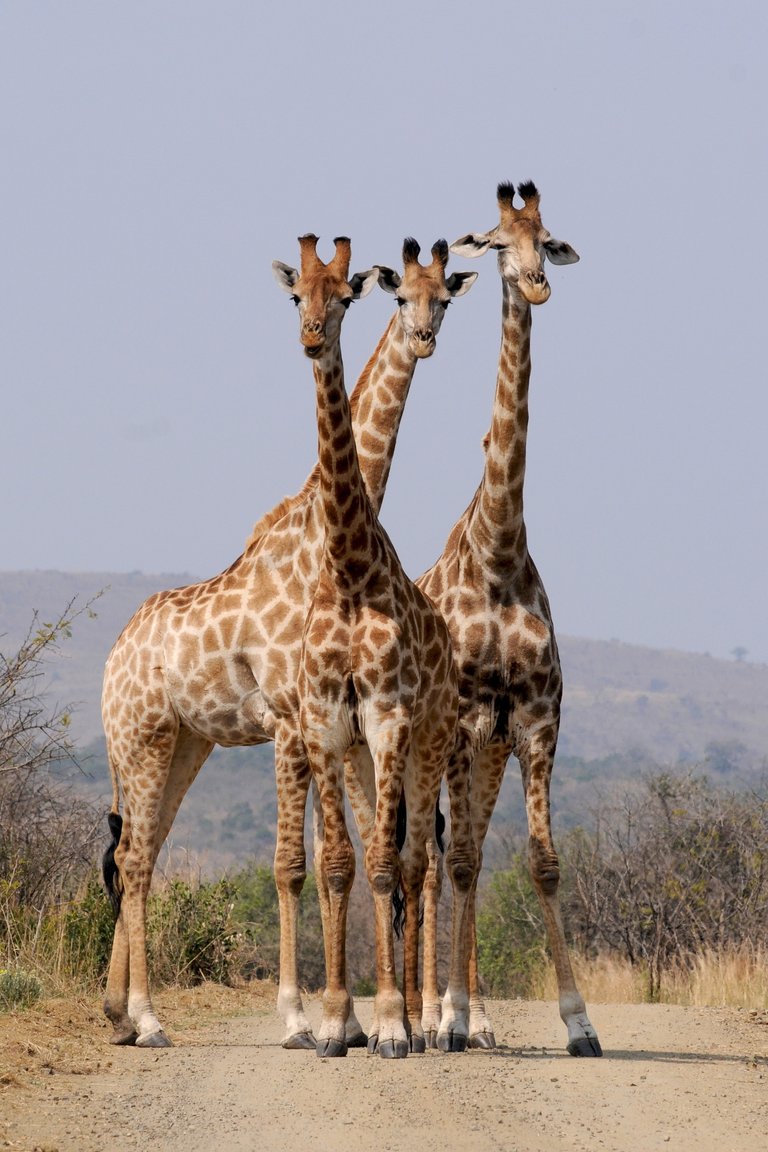
The giraffe has an extremely elongated neck, which can be over 2 meters in length, which makes up for
almost half of the animal's vertical height. Giraffes eat the twigs and trees, which are important
sources of calcium and protein to sustain its growth rate.
2 . African elephant
The African Bush Elephant is the largest living terrestrial animal and is larger than the forest
elephant. On average, males are 3.3 meters tall at the shoulder and 5.5 tonnes in weight, while
females are much smaller at 2.5 meters tall and 3 tonnes in weight. 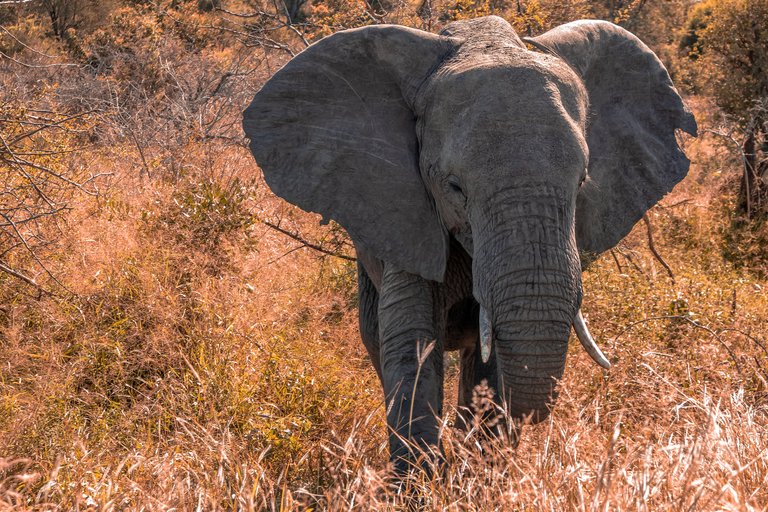
The most characteristic features of African elephants are their very large ears which they use to radiate excess of heat, and their trunk with "fingers" at the end of it. The adults have no predators due to their size, but the calves are vulnerable to lion and crocodile attacks.
1 . Blue Whale
At 30 meters in length and 180 metric tons in weight, the blue whale is the largest known animal.
The blue whale has some of the largest organs. Its tongue weighs around 2.7 tonnes, and when
fully expanded, its mouth is large enough to hold up to 90 tonnes of food and water.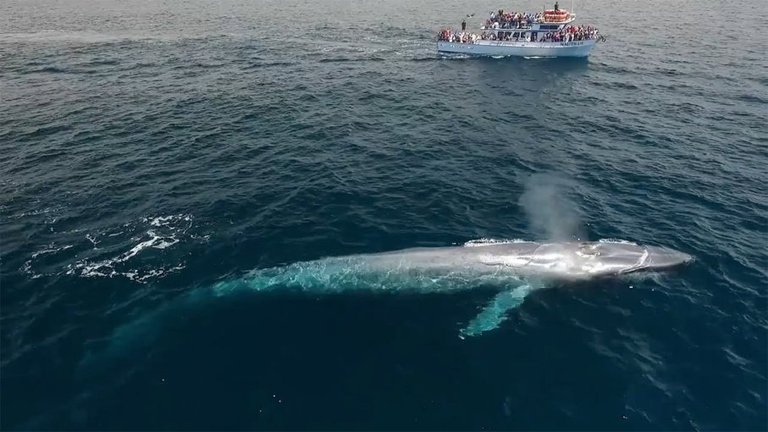
The heart of the blue whale weighs the same as Mini Cooper (600kg) and us the largest known in any
animal. Unfortunately, blue whales have relatively small brains. During the summer the blue whale consumes 40 million krill a day(1.5 million calories).
Hello dreamerfrost, welcome to Partiko, an amazing community for crypto lovers! Here, you will find cool people to connect with, and interesting articles to read!
You can also earn Partiko Points by engaging with people and bringing new people in. And you can convert them into crypto! How cool is that!
Hopefully you will have a lot of fun using Partiko! And never hesitate to reach out to me when you have questions!
Cheers,
crypto.talk
Creator of Partiko